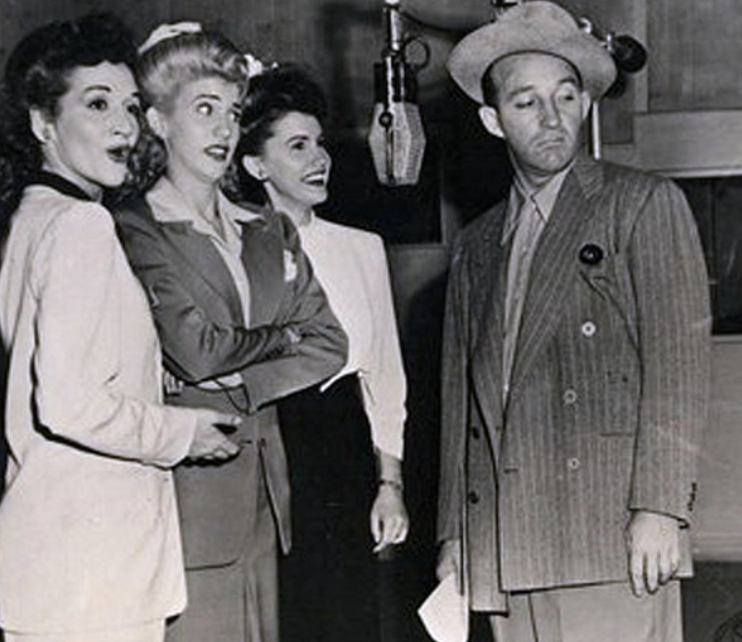Introduction to "Don't Fence Me In"
Experience the timeless charm of "Don't Fence Me In", a quintessential 1940s song performed by the legendary Bing Crosby and The Andrews Sisters. This song is an emblematic piece of the era, painting a vivid picture of longing for freedom and open spaces.
Cultural and Historical Context of "Don't Fence Me In"
This track debuted during the 1940s, a decade marked by World War II and a yearning for peace and freedom. "Don't Fence Me In" resonated deeply with its audience, its lyrical and melodic expression of unbridled freedom becoming a poignant symbol of the era. The song's enduring popularity attests to its significant cultural impact.
An Interesting Fact about "Don't Fence Me In"
Interestingly, this piece was initially penned for an unproduced movie in 1934 by Cole Porter, famed American composer and songwriter. The song languished in obscurity until Bing Crosby and The Andrews Sisters breathed new life into it a decade later, rocketing it to the top of the charts.
Cover Versions of "Don't Fence Me In"
Since its first release, "Don't Fence Me In" has been covered by numerous artists across different genres, underlining its universal appeal. Notable cover versions include renditions by Ella Fitzgerald, Roy Rogers, and more recently, David Byrne. Each version brings a unique interpretation to the song, adding to its rich musical tapestry.
Why "Don't Fence Me In" is Still Relevant Today
Despite its age, the song's message of yearning for freedom and the open road remains as relevant and compelling today as it was during the 1940s. The track's timeless theme and infectious melody continue to captivate new generations of listeners, proving that "Don't Fence Me In" is truly a classic that transcends time.

Comments (0)